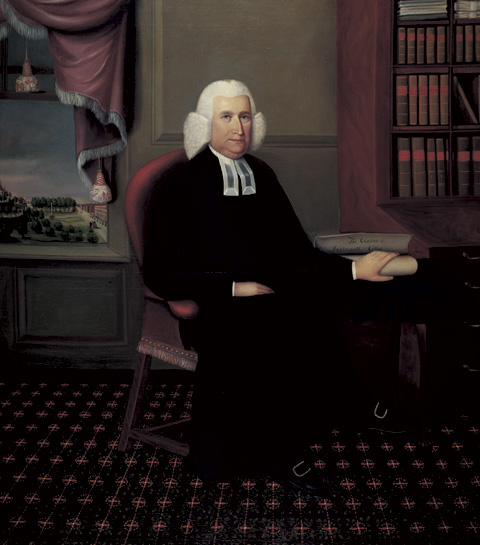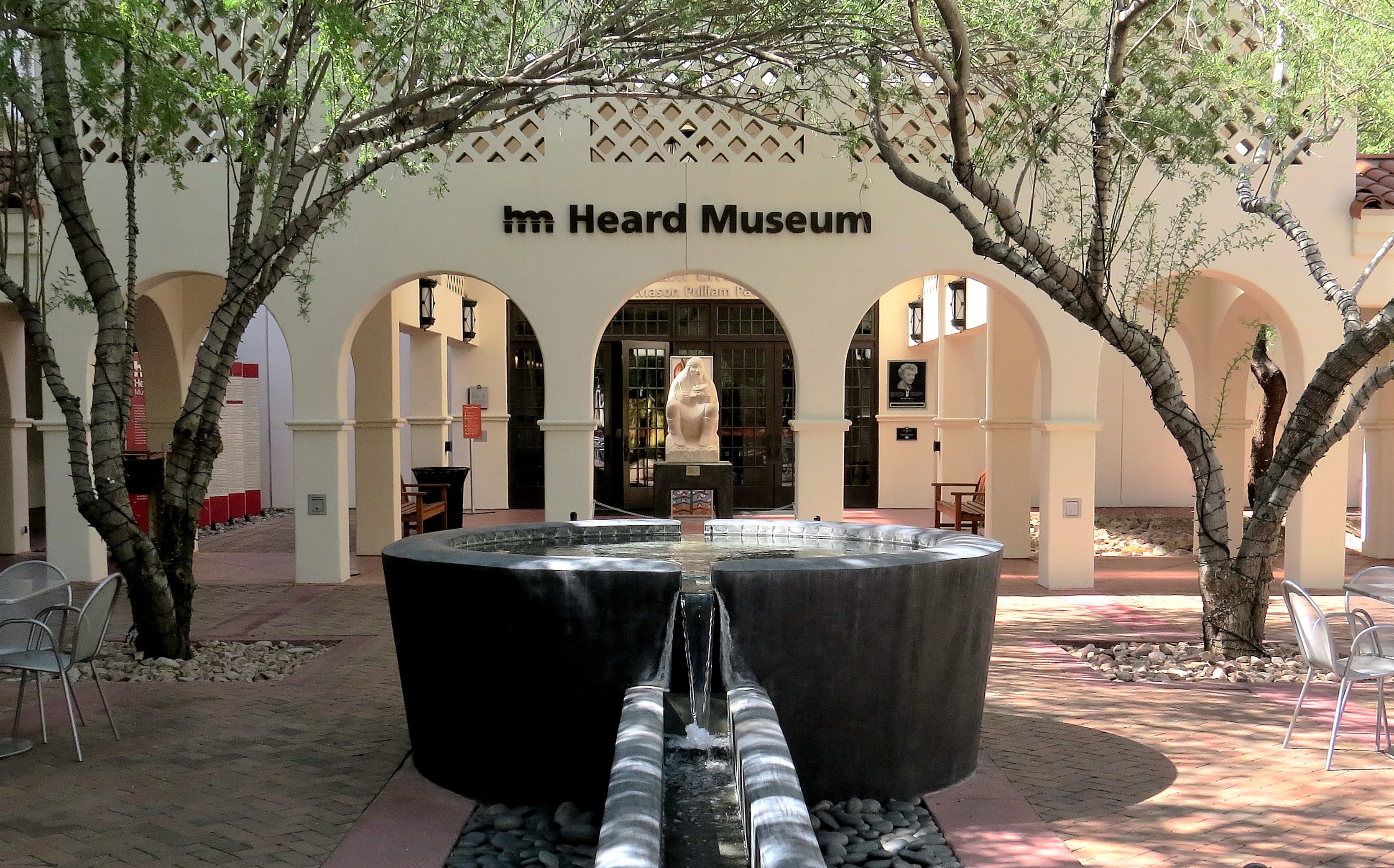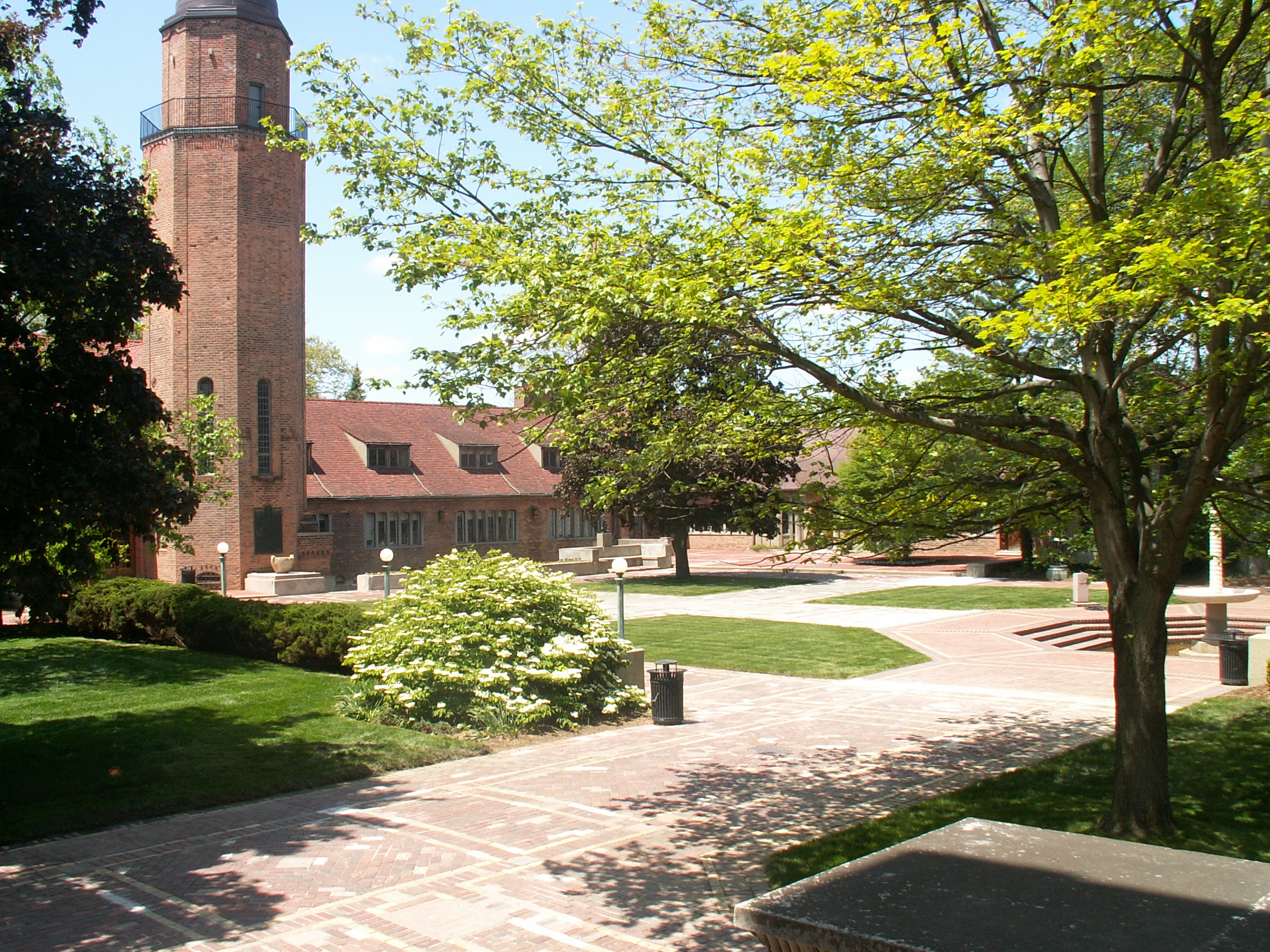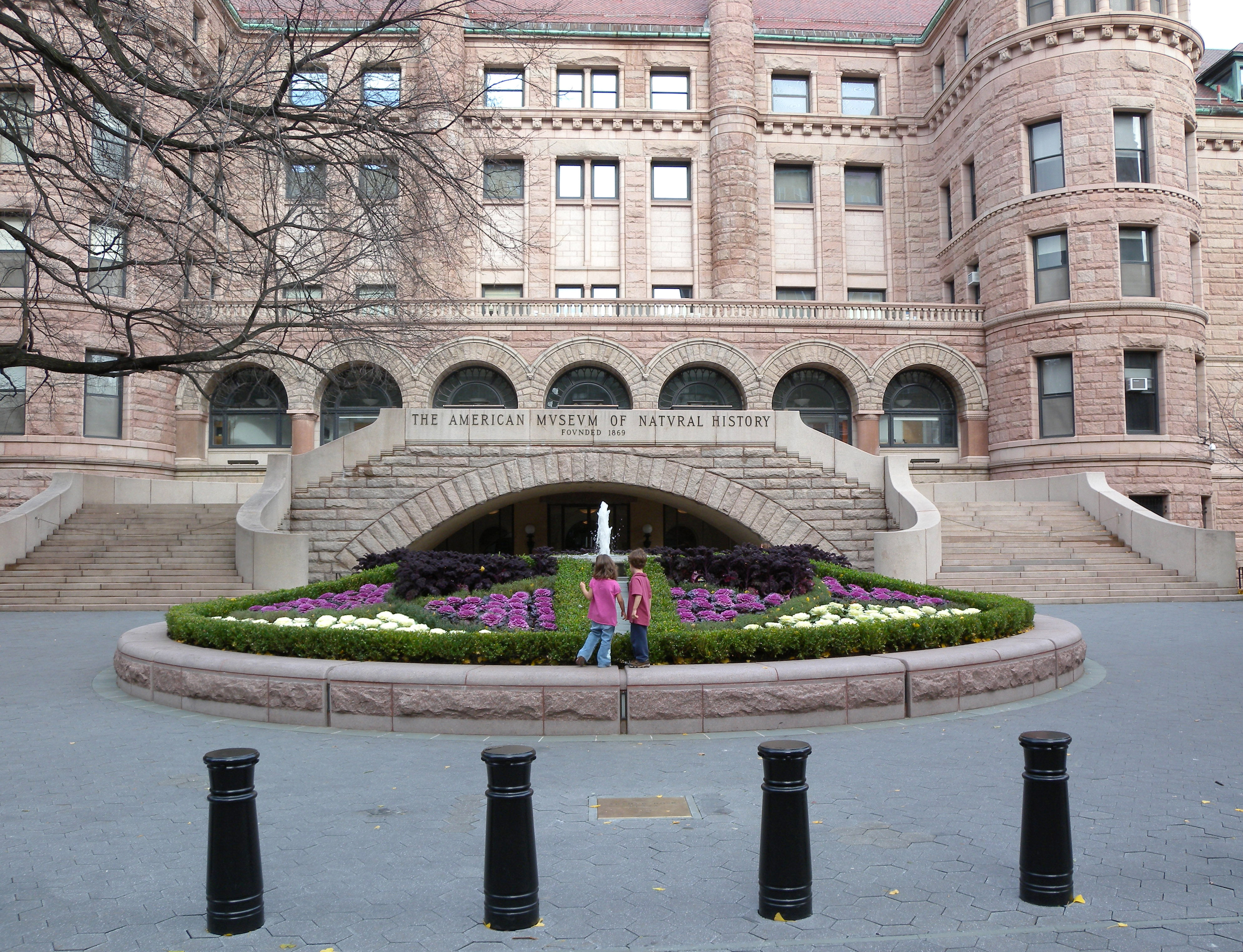|
Tonita Peña
Tonita Peña (born 1893 in San Ildefonso Pueblo, New Mexico, San Ildefonso, died 1949 in Kewa Pueblo, New Mexico) born as Quah Ah (meaning white coral beads) but also used the name Tonita Vigil Peña and María Antonia Tonita Peña. Peña was a renowned Pueblo artist, specializing in pen and ink on paper embellished with watercolor. She was a well-known and influential Native American artist and art teacher of the early 1920s and 1930s. Early life and education Tonita Peña was born on May 10, 1893, at San Ildefonso Pueblo, New Mexico to parents Ascensión Vigil Peña and Natividad Peña. When she was 12, her mother and younger sister died, as a results of complications due to the flu. Her father was unable to care for her and she was taken to Cochiti, New Mexico, Cochití Pueblo and was brought up by her aunt Martina Vigil Montoya, a prominent Cochití Pueblo potter. Peña attended St. Catherine Indian School in Santa Fe. Career and later life Edgar Lee Hewett, an anthropol ... [...More Info...] [...Related Items...] OR: [Wikipedia] [Google] [Baidu] |
Kewa Pueblo, New Mexico
Santo Domingo Pueblo, also known Kewa Pueblo (also spelled Kiua, Eastern Keres , Keres: ''Díiwʾi'', Navajo: ''Tó Hájiiloh'') is a federally recognized tribe of Pueblo people in northern New Mexico. A population of 2,456 (as of 2010) live in structures some of which date from circa 1700; in Sandoval County (~35 miles (56 km) northeast of Albuquerque, New Mexico, off Interstate 25 southwest of Santa Fe) described by the U.S. Census Bureau as a census-designated place. A area of the pueblo was listed on the National Register of Historic Places in 1973. The listing included 80 contributing buildings. With Culture The population of the pueblo is composed of Native Americans who speak Keres, an eastern dialect of the Keresan languages. Like several other Pueblo peoples, they have a matrilineal kinship system, in which children are considered born into the mother's family and clan, and inheritance and property pass through the maternal line. The pueblo celebrates an a ... [...More Info...] [...Related Items...] OR: [Wikipedia] [Google] [Baidu] |
Oqwa Pi
Oqwa Pi ( English: Red Cloud or Kachina Stick) also known as Abel Sanchez (1899–1971), was a San Ildefonso Pueblo painter, muralist, and politician. Pi was known for his brightly colored paintings. He served as governor of the San Ildefonso Pueblo for six terms. Biography Oqwa Pi was born in 1899 in San Ildefonso Pueblo ( Tewa: ''P'ohwhóge Owingeh'') in New Mexico. He was educated at the Santa Fe Indian School, where he learned watercolor and mural paintings; he studied with Dorothy Dunn. The Indian School later commissioned him to create murals at the school. He then returned to the pueblo where he married and had a number of children. In 1931, the Exhibition of Indian Tribal Arts at the Grand Central Galleries in New York City happened, and as a result, Pi's work toured and was shown nationally including at the Museum of Modern Art. He attended the Santa Fe Indian School, studying under Dorothy Dunn. Pi has a mural at the Santa Fe Indian School, in the dining room. ... [...More Info...] [...Related Items...] OR: [Wikipedia] [Google] [Baidu] |
Haffenreffer Museum Of Anthropology
''Haffenreffer'' is a German surname. It may apply to: Organizations * Haffenreffer Brewery, a former brewer in Jamaica Plain, Massachusettses, established in 1870 * Haffenreffer Museum of Anthropology, a teaching and research museum at Brown University * Narragansett Brewing Company, a Rhode Island brewer that acquired Heffenreffer Brewing in 1965 People * Rudolf F. Haffenreffer, a Rhode Island industrialist and philanthropist {{disambig ... [...More Info...] [...Related Items...] OR: [Wikipedia] [Google] [Baidu] |
Dartmouth College
Dartmouth College ( ) is a Private university, private Ivy League research university in Hanover, New Hampshire, United States. Established in 1769 by Eleazar Wheelock, Dartmouth is one of the nine colonial colleges chartered before the American Revolution. Emerging into national prominence at the turn of the 20th century, Dartmouth has since been considered among the most prestigious undergraduate colleges in the United States. Although originally established to educate Native Americans in the United States, Native Americans in Christian theology and the Anglo-American way of life, the university primarily trained Congregationalism in the United States, Congregationalist ministers during its early history before it gradually secularized. While Dartmouth is now a research university rather than simply an undergraduate college, it continues to go by "Dartmouth College" to emphasize its focus on undergraduate education. Following a liberal arts curriculum, Dartmouth provides unde ... [...More Info...] [...Related Items...] OR: [Wikipedia] [Google] [Baidu] |
Heard Museum
The Heard Museum is a private, not-for-profit museum in Phoenix, Arizona, United States, dedicated to the advancement of American Indian art. It presents the stories of American Indian people from a first-person perspective, as well as exhibitions of traditional and contemporary art by American Indian artists and artists influenced by American Indian art. The main Phoenix location of the Heard Museum has been designated as a Phoenix Points of Pride, Phoenix Point of Pride. The museum operated the Heard Museum West branch in Surprise, Arizona, Surprise which closed in 2009. The museum also operated the Heard Museum North Scottsdale branch in Scottsdale, Arizona, which closed in May 2014. History The Heard Museum was founded in 1929 by Dwight B. and Maie Bartlett Heard to house their personal collection of art. Much of the archaeological material in the Heards' collection came from La Ciudad Indian ruin, which the Heards purchased in 1926 at 19th and Polk streets in Phoenix, Ari ... [...More Info...] [...Related Items...] OR: [Wikipedia] [Google] [Baidu] |
Cranbrook Schools
Cranbrook Schools is a private PK–12 educational institution located on a campus in Bloomfield Hills, Michigan. It includes a co-educational elementary school, a middle school with separate schools for boys and girls, and a co-educational college-preparatory high school with boarding facilities. Cranbrook Schools is part of the Cranbrook Educational Community (CEC), which includes the Cranbrook Institute of Science, the Cranbrook Academy of Art, and Cranbrook House and Gardens. Christ Church Cranbrook is also on campus. The Cranbrook community was established by publishing mogul George Booth, who bought the site of today's Cranbrook community in 1904. Cranbrook was designated a National Historic Landmark on June 29, 1989, for its significant architecture and design. It attracts tourists from around the world. Approximately of Cranbrook Schools' campus are gardens. As of 2023, Cranbrook Schools had an endowment of $217 million, among the fifteen largest held by Americ ... [...More Info...] [...Related Items...] OR: [Wikipedia] [Google] [Baidu] |
Cleveland Museum Of Art
The Cleveland Museum of Art (CMA) is an art museum in Cleveland, Ohio, United States. Located in the Wade Park District of University Circle, the museum is internationally renowned for its substantial holdings of Asian art, Asian and Art of ancient Egypt, Egyptian art and houses a diverse permanent collection of more than 61,000 works of art from around the world. The museum provides free general admission to the public. With a $920 million endowment (2023), it is the fourth-wealthiest art museum in the United States. With about 770,000 visitors annually (2018), it is one of the List of the most visited art museums in the world, most visited art museums in the world. History Beginnings The Cleveland Museum of Art was founded as a trust in 1913 with an endowment from prominent Cleveland industrialists Hinman Hurlbut, John Huntington, and Horace Kelley. The neoclassical, white Georgia Marble Company, Georgian Marble, Beaux-Arts architecture, Beaux-Arts building was constructed o ... [...More Info...] [...Related Items...] OR: [Wikipedia] [Google] [Baidu] |
American Museum Of Natural History
The American Museum of Natural History (AMNH) is a natural history museum on the Upper West Side of Manhattan in New York City. Located in Theodore Roosevelt Park, across the street from Central Park, the museum complex comprises 21 interconnected buildings housing 45 permanent exhibition halls, in addition to a planetarium and a library. The museum collections contain about 32 million specimens of plants, animals, fungi, fossils, minerals, rocks, meteorites, human remains, and human cultural artifacts, as well as specialized collections for frozen tissue and genomic and astrophysical data, of which only a small fraction can be displayed at any given time. The museum occupies more than . AMNH has a full-time scientific staff of 225, sponsors over 120 special field expeditions each year, and averages about five million visits annually. The AMNH is a private 501(c)(3) organization. The naturalist Albert S. Bickmore devised the idea for the American Museum of Natural History in 1 ... [...More Info...] [...Related Items...] OR: [Wikipedia] [Google] [Baidu] |
Joe Herrera
Joe Hilario Herrera (also known as See-Ru; 1923 – 2001), was an American Pueblo painter, teacher, radio newscaster, politician, and a Pueblo activist; from a mixed Cochiti and San Ildefonso background. He was the son of the artist Tonita Peña, and had trained at the Santa Fe Indian School. Early life and education Joe Hilario Herrera was born on May 17, 1923, in Cochiti, New Mexico. His father Felipe Herrera, was from Cochiti, where he grew up. While his mother, Tonita Peña was from San Ildefonso. Herrera inherited rich artistic traditions from both of his parents. His early interest in painting was stimulated by watching his mother's husband, Julian Martinez paint, but above all through the strong influence of his mother, who was the most prominent Native American female painter of her generation. Herrera swatted flies away from his mother's paint dishes while she worked, and in return she gave him paint with which he began to experiment at the age of five. Like many ot ... [...More Info...] [...Related Items...] OR: [Wikipedia] [Google] [Baidu] |
National Museum Of The American Indian George Gustav Heye Center
The National Museum of the American Indian–New York, the George Gustav Heye Center, is a branch of the National Museum of the American Indian at the Alexander Hamilton U.S. Custom House in Manhattan, New York City. The museum is part of the Smithsonian Institution. The center features contemporary and historical exhibits of art and artifacts by and about Native Americans. The center has its origin in the ''Museum of the American Indian'' founded by George Heye in 1916. It became part of the national museum and Smithsonian in 1987. History The center is named for George Gustav Heye, who began collecting Native American artifacts in 1903. He founded and endowed the Museum of the American Indian in 1916, and it opened in 1922, in a building at 155th Street and Broadway, part of the Audubon Terrace complex, in the Sugar Hill neighborhood, just south of Washington Heights. Frederick J. Dockstader was director of the Museum from 1960 to 1976. By early 1987, U.S. senator Daniel ... [...More Info...] [...Related Items...] OR: [Wikipedia] [Google] [Baidu] |
Whitney Museum Of American Art
The Whitney Museum of American Art, known informally as "The Whitney", is a Modern art, modern and Contemporary art, contemporary American art museum located in the Meatpacking District, Manhattan, Meatpacking District and West Village neighborhoods of Manhattan in New York City. The institution was founded in 1930 by Gertrude Vanderbilt Whitney (18751942), a prominent American socialite, Sculpture, sculptor, and art patron after whom it is named. The Whitney focuses on collecting and preserving 20th- and 21st-century American art. Its permanent collection, spanning the late-19th century to the present, comprises more than 25,000 paintings, sculptures, drawings, prints, photographs, films, videos, and artifacts of new media by more than 3,500 artists. It places particular emphasis on exhibiting the work of living artists as well as maintaining institutional archives of historical documents pertaining to modern and contemporary American art, including the Edward Hopper, Edward an ... [...More Info...] [...Related Items...] OR: [Wikipedia] [Google] [Baidu] |
Native American Art
The visual arts of the Indigenous peoples of the Americas encompasses the visual artistic practices of the Indigenous peoples of the Americas from ancient times to the present. These include works from South America and North America, which includes Central America and Greenland. The Siberian Yupiit, who have great cultural overlap with Native Alaskan Yupiit, are also included. Indigenous American visual arts include portable arts, such as painting, Basket weaving, basketry, Textile, textiles, or photography, as well as monumental works, such as architecture, land art, public sculpture, or Mural, murals. Some Indigenous art forms coincide with Western art forms; however, some, such as porcupine quillwork or birchbark biting are unique to the Americas. Indigenous art of the Americas has been collected by Europeans since sustained contact in 1492 and joined collections in cabinet of curiosities, cabinets of curiosities and early museums. More conservative Western art museums hav ... [...More Info...] [...Related Items...] OR: [Wikipedia] [Google] [Baidu] |






